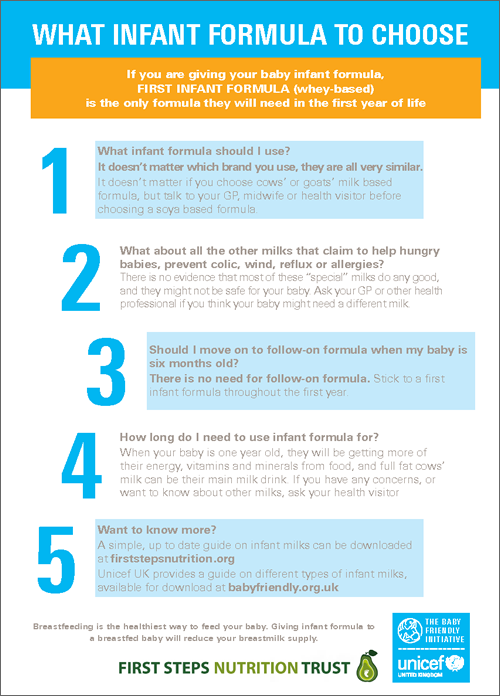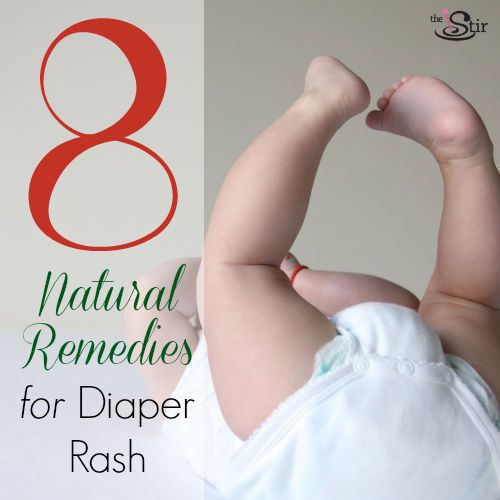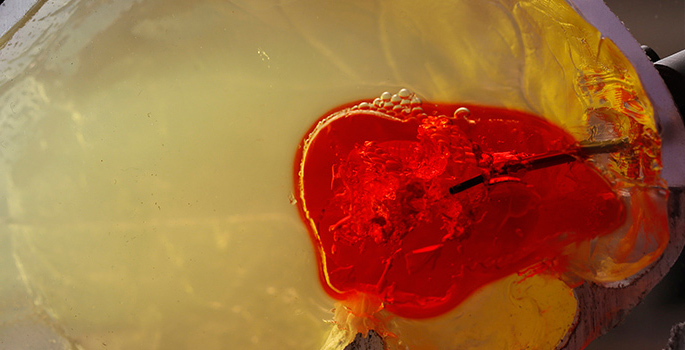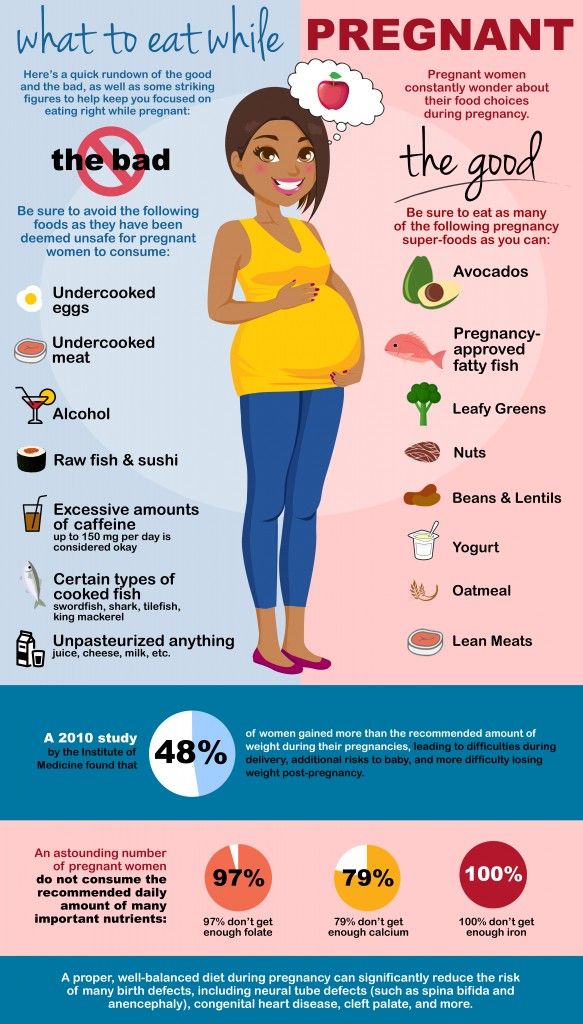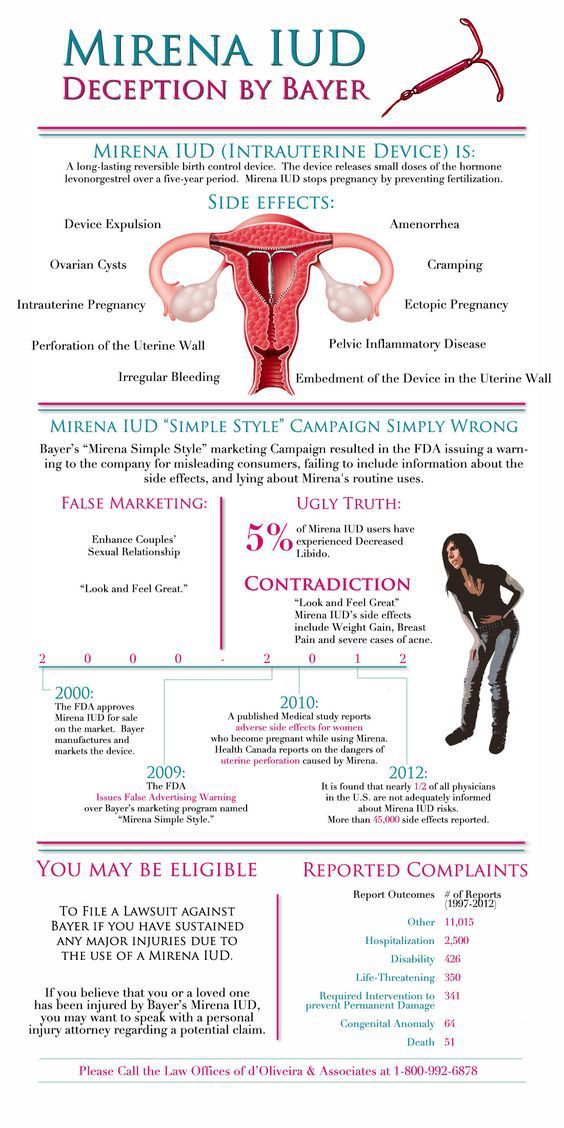How to alternate breastmilk and formula
How to combine breast and bottle feeding
It can take several weeks for you and your baby to feel happy and confident with breastfeeding.
Once you've both got the hang of it, it's usually possible to offer your baby bottles of expressed milk or formula alongside breastfeeding.
This is sometimes called mixed or combination feeding.
Why combine breast and bottle?
You may want to combine breastfeeding with bottle feeding if you:
- are breastfeeding and want to use a bottle to offer your baby some expressed breast milk
- want to breastfeed for some of your baby's feeds, but give bottles of formula for 1 or more feeds
- are bottle feeding your baby and want to start breastfeeding
- need to leave your baby and want to make sure they have some milk while you're away
Introducing formula feeds can affect the amount of breast milk you produce. There is also a small amount of evidence to show babies may not breastfeed as well because they learn to use a different kind of sucking action at the bottle than at the breast.
These things can make breastfeeding more difficult, especially in the first few weeks when you and your baby are still getting comfortable with breastfeeding.
Your breastmilk supply will usually not be affected if you start bottle feeding your baby when they are a bit older, you are both comfortable with breastbeeding, and you breastfeed every day.
Introducing formula feeds
If you're combining breastfeeding with formula feeds both you and your baby can carry on enjoying the benefits of breastfeeding.
If you choose to introduce infant formula:
- it's best to do it gradually to give your body time to reduce the amount of milk it makes – this helps lower your chance of getting uncomfortable, swollen breasts, or mastitis
- if you're going back to work, start a few weeks beforehand to give both of you time to readjust
- if your baby is 6 months old or more and can drink milk from a cup, you may not need to introduce a bottle at all
For more information, see drinks and cups for babies.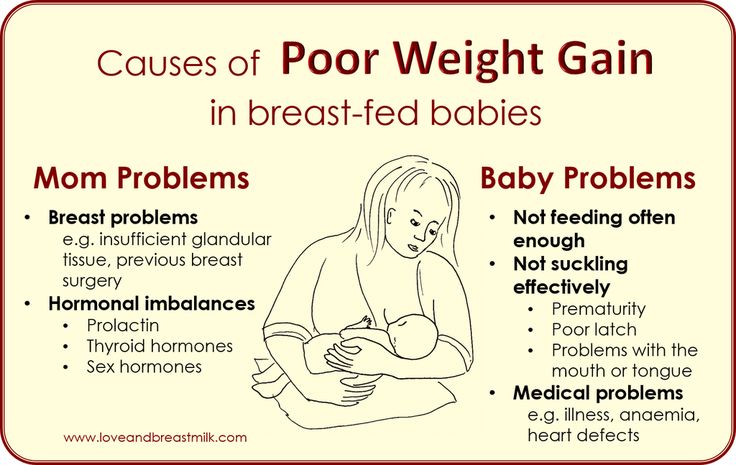
Giving your baby their first bottle
It may take a while for a breastfed baby to get the hang of bottle feeding, because they need to use a different sucking action.
- it usually helps to give the first few bottles when your baby is happy and relaxed – not when they're very hungry
- it may help if someone else gives the first bottle feeds, so that your baby is not near you and smelling your breast milk
- you might want to try using a different position for bottle and breastfeeding
See more advice on how to bottle feed.
Restarting breastfeeding
If you want to start breastfeeding more and give your baby fewer bottles, it's a good idea to ask your midwife, health visitor or breastfeeding supporter for support.
These tips may help too:
- Hold and cuddle your baby as much as possible, ideally skin to skin. This will encourage your body to make milk and your baby to feed.

- Express your breast milk regularly. Expressing releases the hormone prolactin, which stimulates your breasts to make milk. About 8 times a day, including once at night is ideal. It may be easier to express by hand to begin with – your midwife, health visitor or breastfeeding supporter can show you how.
- Try bottlefeeding while holding your baby skin to skin and close to your breasts.
- If your baby is latching on, feed little and often. Do not worry if your baby does not feed for long to begin with. See tips on how to get your baby properly positioned and attached.
- Choose times when your baby is relaxed, alert and not too hungry, and do not force your baby to stay at the breast.
- Decrease the number of bottles gradually, as your milk supply increases.
- Consider using a lactation aid (supplementer). A tiny tube is taped next to your nipple and passes into your baby's mouth so your baby can get milk via the tube as well as from your breast.
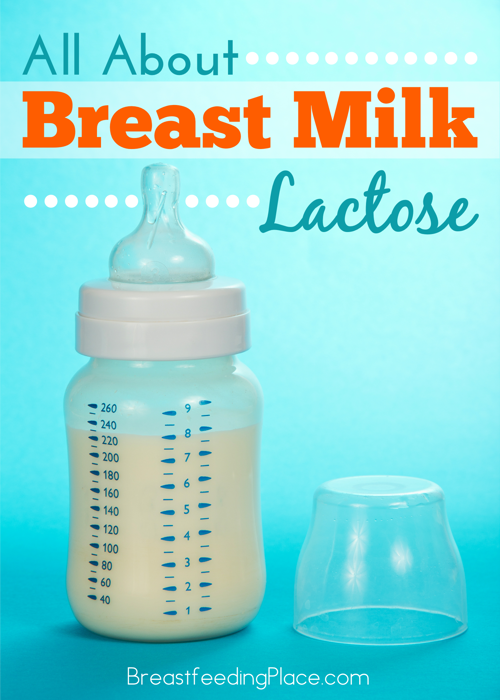 This helps to support your baby as they get used to attaching to the breast. Your midwife, health visitor or breastfeeding supporter can give you more information.
This helps to support your baby as they get used to attaching to the breast. Your midwife, health visitor or breastfeeding supporter can give you more information.
See more tips on boosting your milk supply.
Help and support with mixed feeding
If you have any questions or concerns about combining breast and bottle feeding:
- talk to your midwife, health visitor or breastfeeding supporter
- call the National Breastfeeding Helpline on 0300 100 0212 (9.30am to 9.30pm, every day)
- find breastfeeding support near you
Video: why combine breast and bottle feeding?
In this video, 3 mothers discuss ways to combine breast and bottle feeding.
Media last reviewed: 22 March 2020
Media review due: 22 March 2023
Page last reviewed: 8 October 2019
Next review due: 8 October 2022
Supplementing Breast Milk with Formula
Get the Exclusive Pumping Playbook! Shop Now
Home » Bottle Feeding Breast Milk » Supplementing Breast Milk with Formula
Created On:  | Updated: | By Amanda | 59 Comments
Many parents need to supplement breast milk with formula.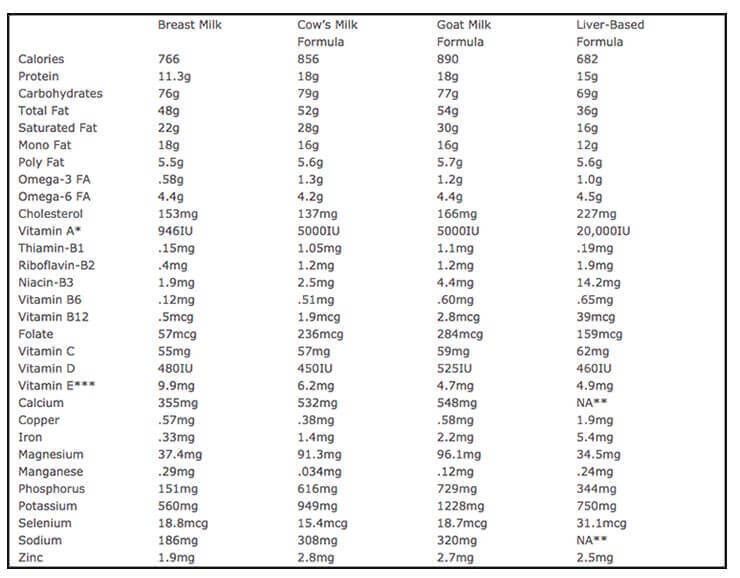 But trying to figure out the best way to do it can be confusing – should you mix breast mix and formula together? Or give breast milk first, and formula only as needed? Here are different ways to supplement with formula, plus some other tips for success.
But trying to figure out the best way to do it can be confusing – should you mix breast mix and formula together? Or give breast milk first, and formula only as needed? Here are different ways to supplement with formula, plus some other tips for success.
This post may contain affiliate links, which means that if you click a link and take action, I may make a small commission at no additional cost to you. I only recommend products I love! More info here.
For the first month after my son was born, he wasn’t gaining enough weight, and I needed to supplement. I was also constantly pumping and trying to figure out when I should give him breast milk and when I should give him formula.
For example, I’d read somewhere online that I could mix it together in one bottle. I’d also read that giving formula might help my baby sleep longer at night. Or maybe I should just use all of the breast milk I had until I ran out, and then give him formula?
3 Ways to Supplement with Breast Milk with Formula
Here are the different ways you can manage supplementing with formula when you’re exclusively pumping.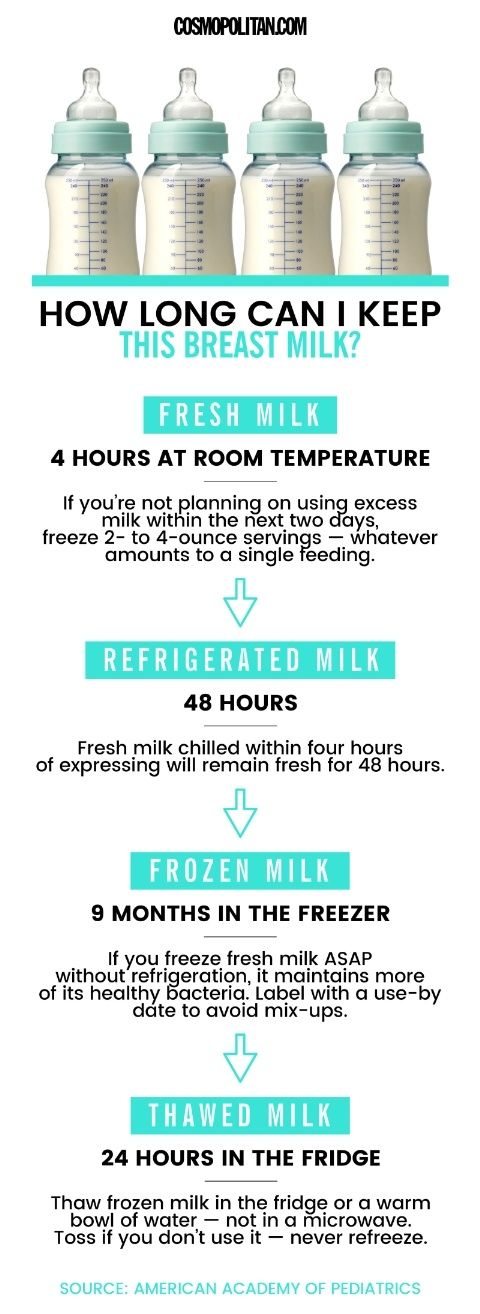
With this method, you prepare formula and breast milk separately, and then combine them in the same bottle.
PRO: If your baby is accustomed to breast milk, he is more likely to accept the bottle, as the flavor will be more like what he’s used to. Also, you only have to make one bottle.
CON: If your baby doesn’t finish the bottle, it will have to be thrown out an hour after he starts drinking it. (Breast milk-only bottles can be kept for two hours after the end of a feeding, while formula bottles must be discarded an hour after the feeding begins.) Throwing away breast milk – especially when you are supplementing – is painful!
2. Start baby with a breast milk bottle and follow with a formula “chaser”With this option, you give your baby all of the milk that you have available for the feeding, and then offer him formula after the breast milk bottle if he is still hungry.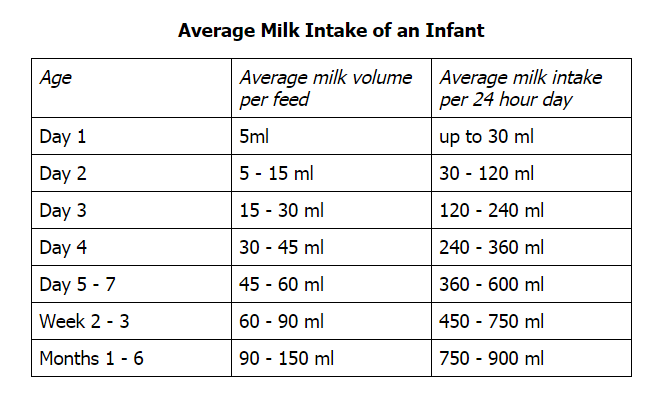
PRO: No throwing away breast milk! Also – if it is important to you to minimize formula, with this option, you are only giving your baby the amount of formula that you have to.
CON: You have to prepare and wash two bottles. Also, if your baby doesn’t like the taste of formula, he might refuse the second bottle and still be slightly hungry and cranky.
3. Pick one or several feeds of the day to be formula feeds and only offer formula at that feedingHere, you’d decide how many feedings need to be formula based on the amount of breast milk that you have, and then designate each feeding to be either breast milk or formula, but not both.
PRO: It’s much simpler – only one bottle to deal with and one liquid to prepare. And again, no throwing away breast milk.
CON: If your baby doesn’t like the taste of formula, it might be difficult to get him to take this feeding. However, it’s more likely that he’ll take it since he’ll likely be pretty hungry (versus option #2, where he’ll already have partially filled up on breast milk).
I asked on instagram which one people preferred, and most said that they did the third option, where they had designated breast milk feedings and designated formula feedings.
Rules for Mixing with Breast Milk and Formula in the Same Bottle
If you decide to go with option #1, where you put everything in the same bottle, here are some guidelines and best practices.
Mix formula before adding to breast milk
If you’re using formula that needs to be prepared, mix and prepare it according to the instructions first, before adding it to your breast milk.
Do not add the powdered formula directly to your breast milk unless you doctor directs you to do this. (This doesn’t apply if you’re using ready-to-feed liquid formula; only powdered formula.)
Follow the rules for both breast milk and formula
When feeding from a mixed bottle, need to follow feeding and storage guidelines for both milks. You should discard milk based on the earliest time that would apply to any milk in the bottle.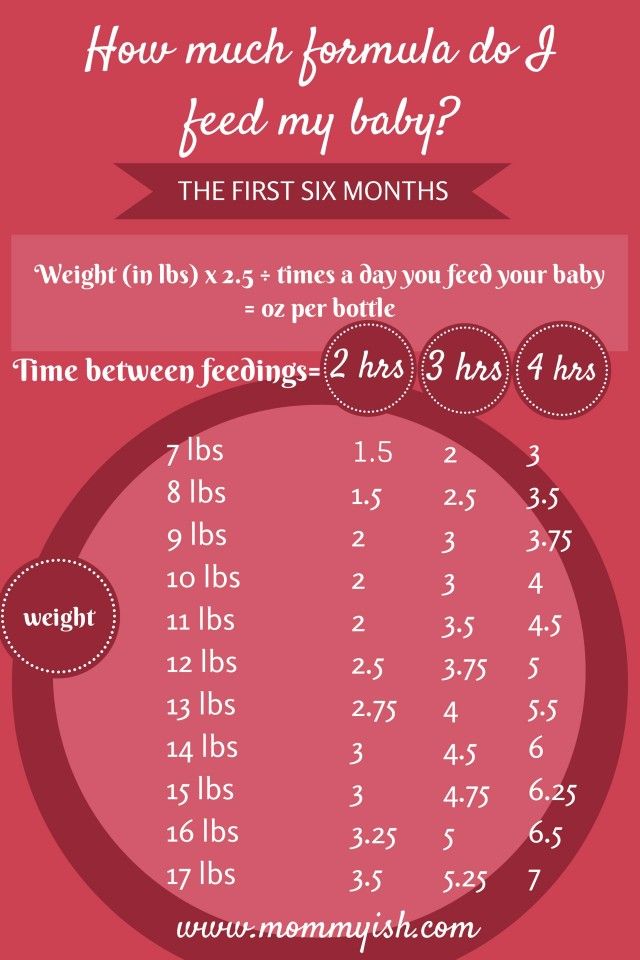
Other tips for supplementing with formula
Below are a few additional tips for other parents who have done it:
- Pick feeding(s) where your baby is less likely to finish a bottle to be formula feedings, so that you don’t waste breast milk.
- Along the same lines, many parents decide to formula feed at times when warming up a breast milk bottle is inconvenient (often in the middle of the night, or on the go).
- Some parents make a pitcher of formula in the mornings, and then add from this pitcher to breast milk bottles as needed.
- If you just need supplement a small amount of formula, using pre-made formula may be easier than powdered.
Let me know if you have any questions on supplementing with formula in the comments!
References
- KidsHealth.com. “Formula Feeding FAQs: Preparation and Storage.” https://kidshealth.org/en/parents/formulafeed-storing.html
- Kellymom. “Human Milk Storage.
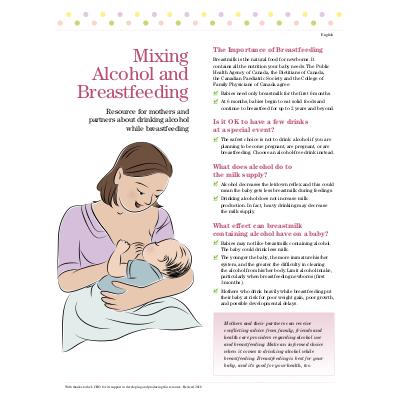 ” https://kellymom.com/store/freehandouts/milkstorage01.pdf
” https://kellymom.com/store/freehandouts/milkstorage01.pdf
posted in: Bottle Feeding Breast Milk
Featured on:
As am Amazon associate I earn from qualifying purchases.
Rules for mixed feeding - how to maintain lactation, choose a mixture and other issues.
— Polina Aleksandrovna, what is mixed feeding of newborns?
- With mixed feeding, the child receives breast milk and milk formula in different proportions.
— When does the pediatrician recommend mixed feeding?
— The reasons why a pediatrician partially replaces natural nutrition with formula can be divided into three groups.
- Mother's lack of milk. Low lactation can lead to weight loss in a baby. With a pronounced lack of weight, additional nutrition is needed.
- Functional disorders in a child. For constipation, regurgitation, allergic reactions and other conditions, a therapeutic mixture is prescribed.
- Mom is absent for feeding time.
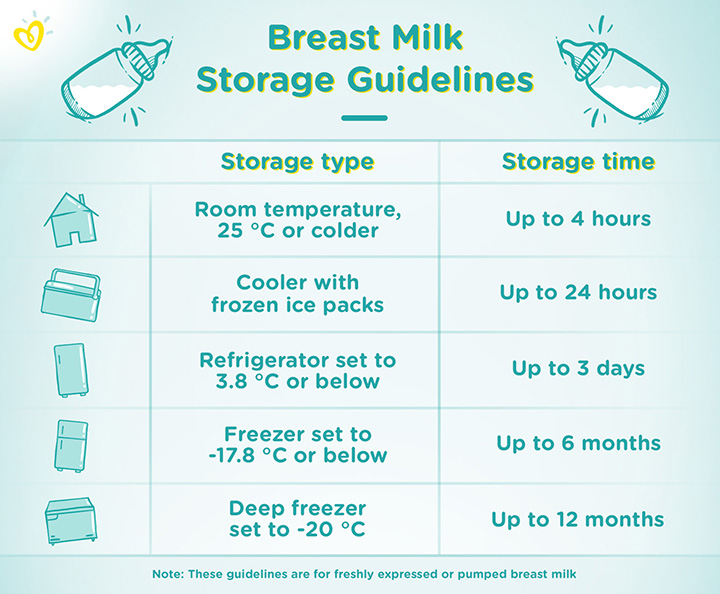 If there is no milk bank and it is impossible to form it, supplementary feeding is given.
If there is no milk bank and it is impossible to form it, supplementary feeding is given.
— Some mothers refuse to breastfeed because of bad environment. Does the environment really affect the quality of breastfeeding?
— It cannot be said that the environment affects the quantity and quality of women's milk. Milk is filtered from the mother's blood. Blood passes through the vessels of the mammary gland and brings useful substances into breast milk, they are no longer taken from anywhere. At the same time, harmful substances from the environment are not allowed to enter the milk.
Due to poor ecology, the mother may be deficient in trace elements, and then the quality of milk will decrease. However, doctors are usually aware of the mother's deficiency conditions, since she had blood tests during pregnancy, and they correct them with nutrition or drugs.
— Polina Alexandrovna, another fear — mothers are afraid that milk will disappear during mixed feeding.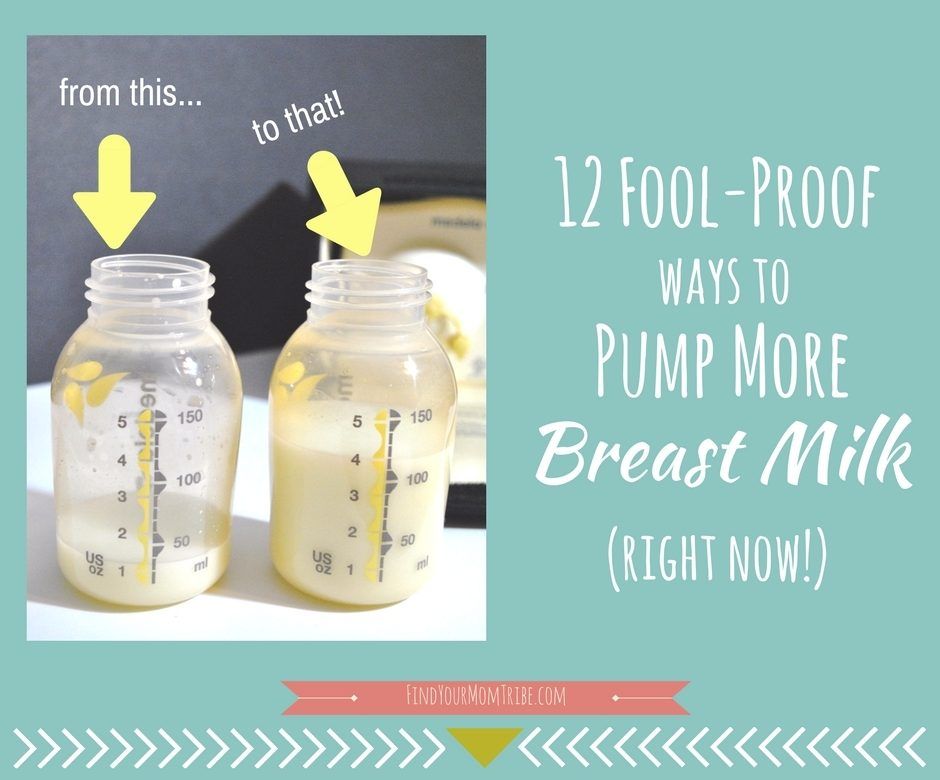
- This can become a reality if mixed feeding is not rationally approached. True hypogalactia is extremely rare, it is 1-2% in the female population. The body of a woman produces a sufficient amount of milk on the principle of "supply - demand". If the mother begins to increase the volume of the mixture, then the amount of milk in the breast really decreases. The baby will not suck more milk from the breast when he receives an increasing portion of the mixture.
— Will a mixed-fed baby have stomach ache?
- There is no specific link between infant formula and abdominal pain. Yes, when formula is introduced, stools may change. But this does not mean that there will be discomfort for the child. The stool becomes more dense, acquires a greenish tint (it has a yellowish color when breastfed) - this is the norm, which should not be feared.
Liquid stools with mixed feeding are formed for various reasons:
- infant receives special formula;
- mom went too far with the amount of mixture;
- with intolerance to the components of the milk mixture.

For symptoms that bother the baby and mother, you need to see a doctor.
— How does mixed feeding affect the child's immunity?
— The immunity of infants develops independently of the type of feeding. But mother's milk contains antibodies and beneficial substances that enhance the immunity of the baby. With a reduced proportion of breast milk on mixed feeding of these substances, the child will receive less than on breastfeeding. But this does not apply to the formation of immunity, and the child's immunity will not suffer from mixed feeding.
— Polina Alexandrovna, how to maintain lactation with mixed feeding?
- In order to keep breastfeeding, you do not need to give formula more than necessary. The doctor determines the amount of supplementary feeding, and you should not independently increase its volume.
Try to breastfeed more often, breastfeed first and then formula. With the help of a breast pump, you can express after bottle feeding.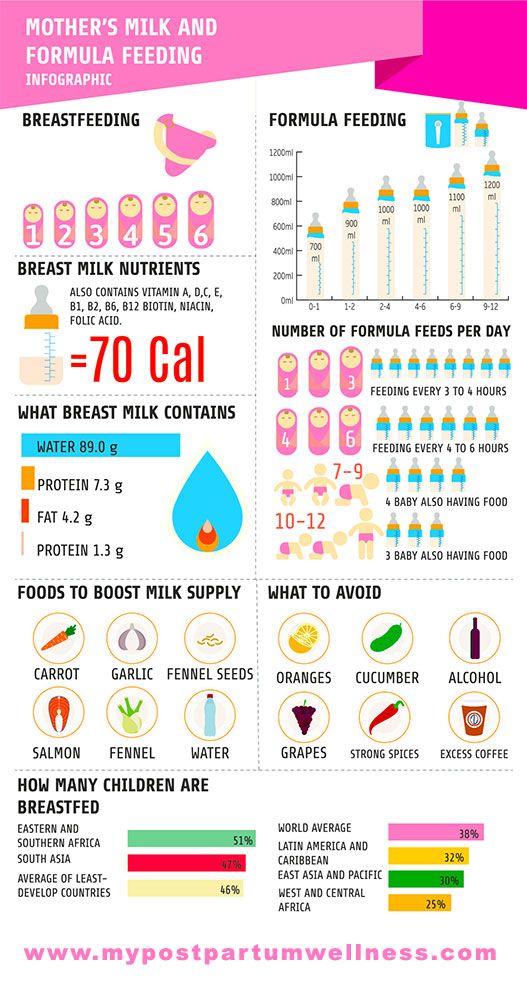 The goal is not to express a large amount of milk, but to stimulate the nipple, as if applying to the breast, and send a signal to the brain that the baby needs more milk. More milk will come next time.
The goal is not to express a large amount of milk, but to stimulate the nipple, as if applying to the breast, and send a signal to the brain that the baby needs more milk. More milk will come next time.
Table. Mixed feeding of newborns - pros and cons
— Can I choose my own formula for mixed feeding?
- I do not recommend choosing food for the child on your own. With mixed feeding of an infant, it is important to determine not only the type of mixture, but also the nature of supplementary feeding. How much to supplement, so as not to overfeed or leave the baby hungry, so as not to lose breast milk? Should I supplement each time or alternate between breast and bottle feeding, should I formula feed at night? There are many questions. Therefore, even if the mother has made a choice in favor of a certain mixture, she should consult a doctor about the appropriateness of its use and ask how and how much to give the mixture.
See also
- "How to choose the right infant formula"
How to switch to mixed feeding
- It all depends on the chosen scheme of mixed feeding and the method of supplementary feeding.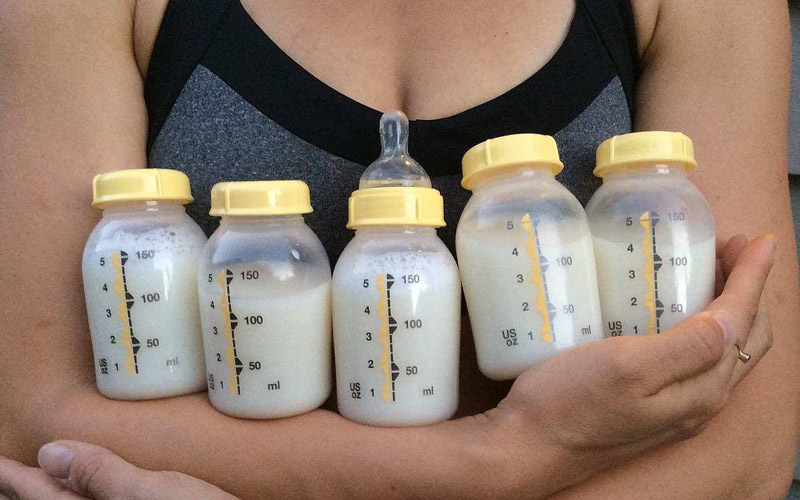
— How to calculate the amount of formula for mixed feeding?
- It is necessary to build on how much the child should eat per day. The daily amount of food is divided by the frequency of feedings to determine the amount of food at one time.
- Checkweighing determines how much breastmilk the baby eats and how much the baby is undernourished. He makes up the difference with a mixture.
- Although the mixture is usually diluted at a ratio of 1 scoop per 30 ml, supplementation will not necessarily be a multiple of 30. If 40 ml is needed for supplementation, mom prepares 60 ml and only gives 40 ml of them. It is not necessary to give food beyond measure so that lactation does not fade away - when you offer the baby more formula, he asks for less breast milk.
— Is it possible to overfeed a newborn?
- It is always worthwhile to adequately assess lactation and add the amount of formula that the baby really needs.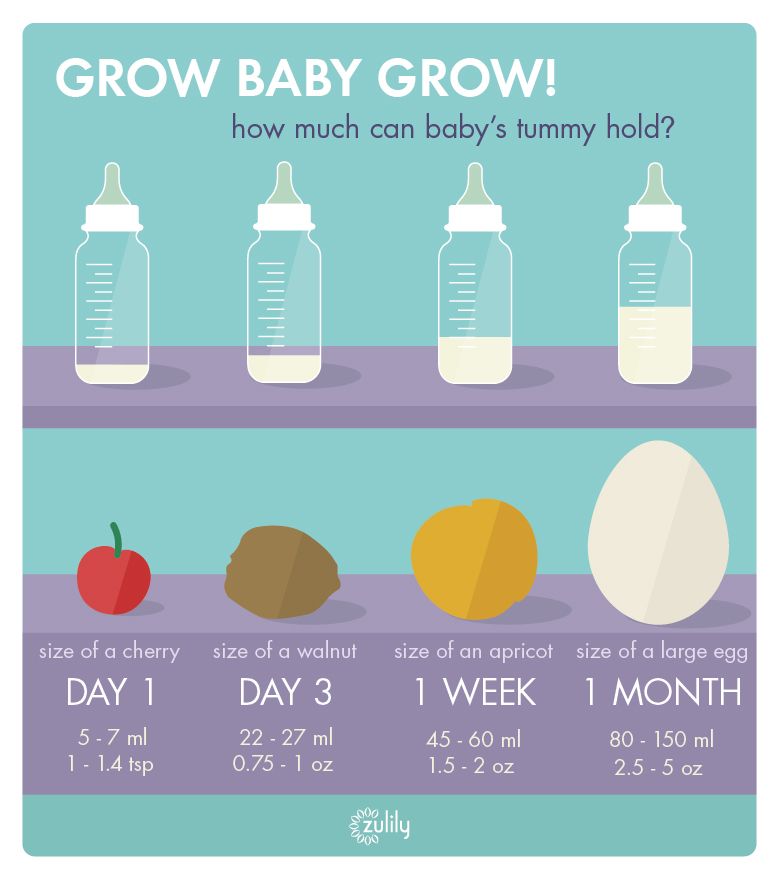 By weighing your baby before and after a feed, you will know how much breast milk he has eaten and how much formula to give him. Given this, the mother will not overfeed the baby.
By weighing your baby before and after a feed, you will know how much breast milk he has eaten and how much formula to give him. Given this, the mother will not overfeed the baby.
— Polina Alexandrovna, what dish should I choose for mixed feeding?
- Baby utensils must have the following characteristics:
- material safety - it is confirmed by certificates;
- the possibility of processing high temperatures during sterilization and boiling;
- The right size nipple on bottle - every age needs a different flow rate for baby's comfort.
In addition, you should choose a baby dishwashing detergent that rinses off well with water, and use a separate brush for greater hygiene and convenience.
— The rules for mixed feeding are not limited to formula. What role does mother's nutrition play in this process?
— Scientists have long found out that the mother's diet does not affect the child one hundred percent. If the mother is not on a strict diet, does not use preservatives, dyes and heavy fried foods, eats varied, then her diet will not adversely affect the baby's condition. Therefore, the only limitation is a reasonable diet without harmful substances.
If the mother is not on a strict diet, does not use preservatives, dyes and heavy fried foods, eats varied, then her diet will not adversely affect the baby's condition. Therefore, the only limitation is a reasonable diet without harmful substances.
- How long does expressed breast milk last?
- Expressed milk can be stored in the refrigerator or frozen. Temperature and shelf life of expressed breast milk:
Expressed milk is stored in the refrigerator before freezing, and after cooling it is sent to the freezer. Frozen milk is thawed in the refrigerator and heated in a water bath to a comfortable temperature. You do not need to boil it in order to cool it down and give it to the child.
Mixed feeding rules
— How to properly feed a child with mixed feeding?
- It is advisable to prepare the bottle in advance or pour water heated to the required temperature into it. After breastfeeding and control weighing, it remains to pour the required number of spoons of the mixture into a bottle of water and dilute it.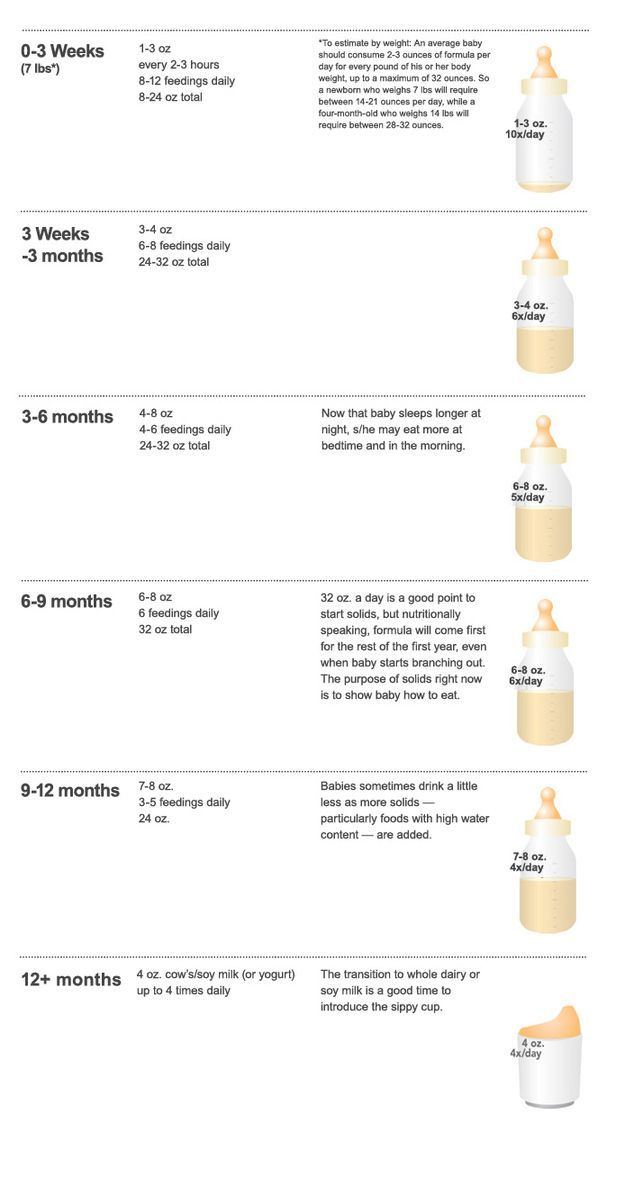
It is advisable to breastfeed and formula in one meal - first at the breast and immediately after the bottle. When formula feeding, it is best to hold the baby in your arms to maintain physical and emotional contact and minimize the difference for the baby between feeding breast milk and infant formula.
— Do I need a feeding schedule for mixed feeding?
— Yes, when formula appears in a child's diet, there is a need for a feeding regimen. The mixture is quite dense and leaves the baby's stomach 3-4 hours after feeding, so it is recommended to keep breaks between feedings for at least 3 hours on mixed feeding.
— How to feed the baby at night with mixed feeding?
- Everything is individual and depends on the amount of supplementary food. If the mother gives 10-20 ml of the mixture, you can not supplement it at night, at this time of the day the need for nutrition is lower. But if the volume of supplementary feeding is large enough, then it is required to supplement the child with a mixture even at night.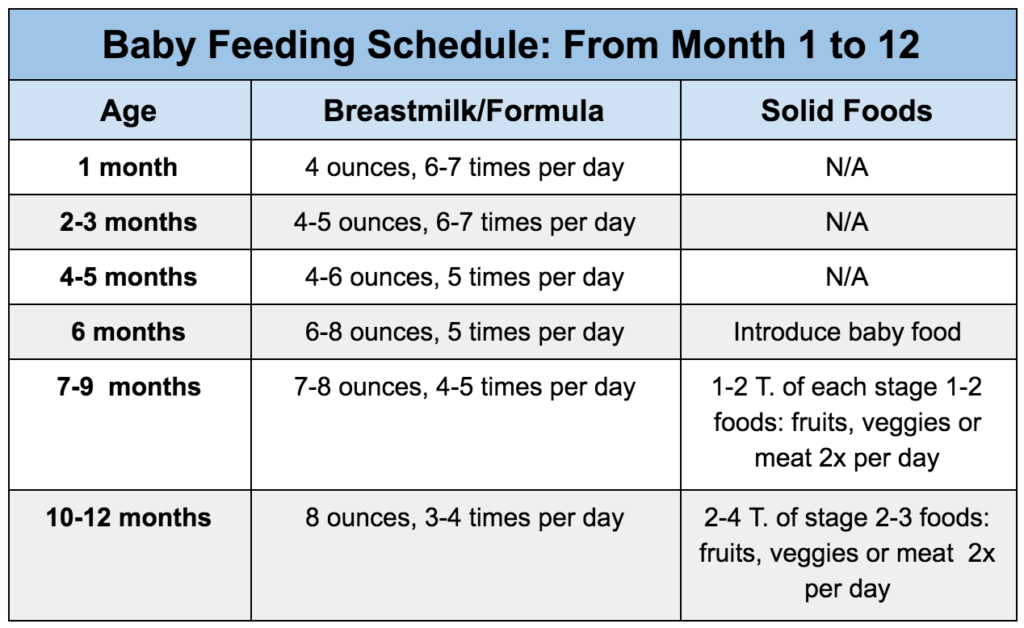 The most important thing is to come to the required daily amount of food. In addition, to maintain lactation, it is important to put the baby to the breast from 3 am to 7 am: at this time, the hormone responsible for stimulating lactation is most active.
The most important thing is to come to the required daily amount of food. In addition, to maintain lactation, it is important to put the baby to the breast from 3 am to 7 am: at this time, the hormone responsible for stimulating lactation is most active.
- Should I give my baby water when mixed feeding?
- It is necessary to focus on the amount of supplementary feeding:
- if you supplement 10-20 ml of the mixture - there is no urgent need for water;
- if supplementary feeding is 50% or more in the meal, you can supplement it. Enough 20-50 ml of water per day, depending on the volume of the mixture in the diet, the age of the child and external factors (such as temperature, dry air).
See also
- "How to give water for up to a year"
— When is goat milk formula recommended for mixed feeding?
— Goat's milk formula is recommended for supplementary feeding and replenishment of breast milk deficiency or as preventive nutrition for a healthy baby with allergies in relatives.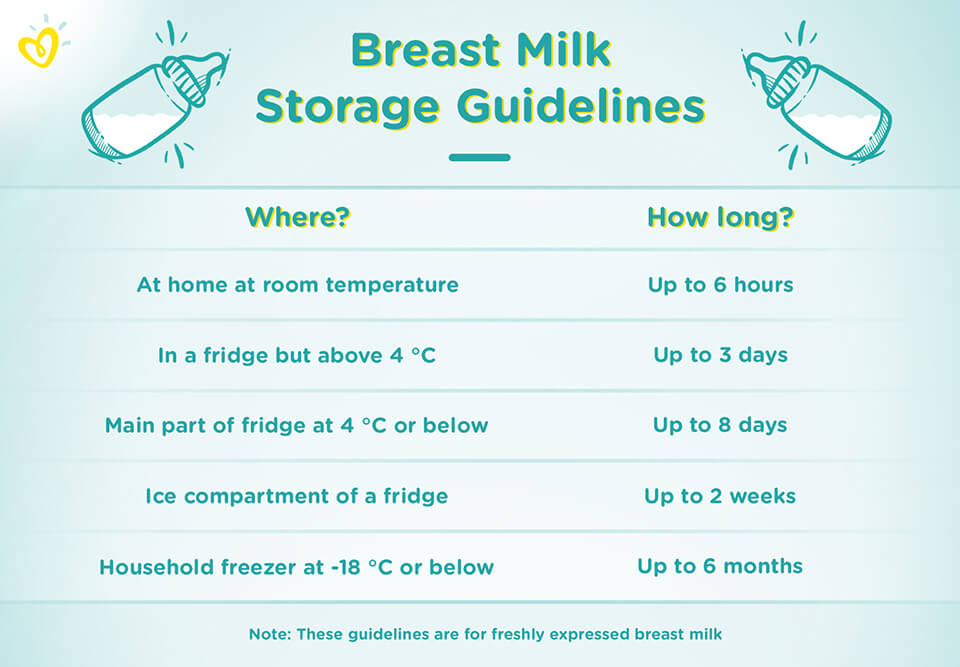 With a proven allergy to cow protein, a therapeutic mixture is prescribed.
With a proven allergy to cow protein, a therapeutic mixture is prescribed.
Infant formula for mixed feeding is selected by a specialist. In order for lactation not to decrease, the mixture is administered in the amount that the child really needs - not beyond the measure and not less than the norm, which is determined by the doctor. Do not forget to supplement your baby with water if the amount of mixture in the mixed-feeding diet is significant enough.
* Breast milk is the best food for babies. WHO recommends exclusive breastfeeding for the first 6 months of a child's life and continued breastfeeding after complementary foods are introduced until the age of 2 years. Before introducing new products into the baby's diet, you should consult with a specialist. The material is for informational purposes and cannot replace the advice of a healthcare professional. For feeding children from birth. The product is certified.
Mixed feeding of newborns: how to organize breastfeeding
No young mother is immune from the situation when a baby will need to be transferred from exclusive breastfeeding to a mixed one.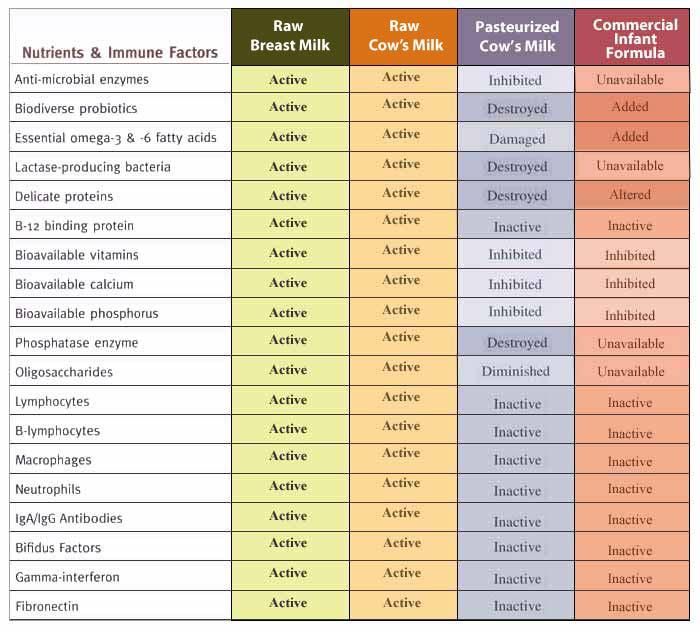 When is it necessary and how to properly organize a new regime?
When is it necessary and how to properly organize a new regime?
Dry initial milk formula adapted by Valio Baby 1 NutriValio for feeding children from birth to 6 months Read more
Follow-up dry milk formula adapted by Valio Baby 2 NutriValio for feeding children from 6 to 12 months More
Dry milk drink "Baby milk" Valio Baby 3 NutriValio for feeding children over 12 months Read more
In our pediatric practice, the term "mixed feeding" refers to the combination of breast milk feeding (at least 250-200 ml) with its artificial substitutes (supplementary feeding, which is introduced if necessary up to 4 months).
First of all, it should be said that the decision to transfer the baby to mixed feeding (both breastfeeding and artificial mixture) must be made together with the pediatrician. If you decide to supplement the baby with a formula on your own, without good reason, you will only violate lactation.
If you decide to supplement the baby with a formula on your own, without good reason, you will only violate lactation.
As a rule, a woman is forced to introduce supplementary feeding with a mixture for one of two reasons - the baby does not have enough breast milk or the mother needs to go to work or study. And if everything is clear with the second situation without comment, then it is better to talk about the first in more detail.
Hypogalactia is a decrease in lactation. How to understand that the child does not have enough milk?
-
The infant rarely urinates (reduced daily urine volume is also called "dry diaper syndrome"). The liquid usually becomes concentrated, with a pungent odor.
-
Stool - rare or atypical (too liquid or thick, discolored).
-
The child is not gaining weight well. In the first 6 months, the baby should recover by 150-200 g per week, after six months - by 100-150 g.
 Of course, these are average figures, but you can focus on them.
Of course, these are average figures, but you can focus on them.
If you notice these symptoms, then you need to take action. First of all, a woman is recommended to try all the ways to improve lactation (no matter how wonderful the mixture is, breast milk for a child is the most valuable food). If milk is still not enough, you need to introduce artificial nutrition.
There are two types of mixed feeding:
Remember that milk should remain the main food for the baby - offer the baby the breast as often as possible (this is a necessary condition for lactation to increase, because mixed feeding is often a temporary measure, and under favorable conditions, the mother can return to natural feeding).
You can feed your baby with a mixture not only from a bottle (the fact is that it is easier for a child to suck from a nipple and often babies refuse to breastfeed, realizing this). You can feed the baby from a special silicone spoon - in this case, put the mixture on the cheek, and not on the tongue.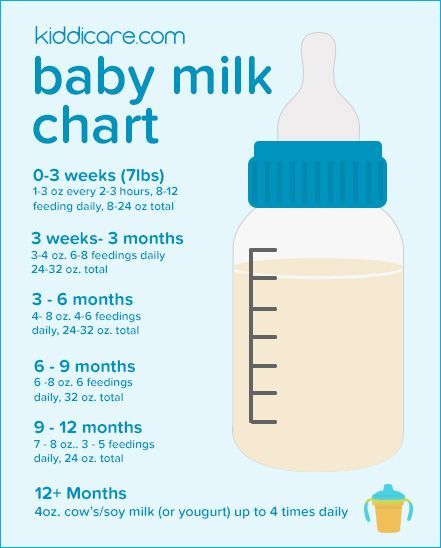 You can use a "syringe" (for example, a medicine dispenser) or a pipette. There are SNS systems - a bottle with a thin tube that is fixed on the mother's nipple. When a baby suckles, he receives both breast milk and formula. This is the ideal solution for hypogalactia as it helps to maintain close skin-to-skin contact between mother and baby, which has a beneficial effect on restoring lactation. If you are switching to mixed feeding due to the fact that you need to leave home, it is better for your assistant to accustom the child to the bottle - so the child will not smell you and reach for the breast.
You can use a "syringe" (for example, a medicine dispenser) or a pipette. There are SNS systems - a bottle with a thin tube that is fixed on the mother's nipple. When a baby suckles, he receives both breast milk and formula. This is the ideal solution for hypogalactia as it helps to maintain close skin-to-skin contact between mother and baby, which has a beneficial effect on restoring lactation. If you are switching to mixed feeding due to the fact that you need to leave home, it is better for your assistant to accustom the child to the bottle - so the child will not smell you and reach for the breast.
#PROMO_BLOCK#
For supplementary feeding, choose a high-quality, balanced mixture. Valio Baby baby food is made from the highest quality natural cow's milk and is as close as possible to the composition of breast milk. It will help the baby gain weight and strengthen the body.
3.04 24
FoodShare:
Oksana Ivargizova
Medical Institute.